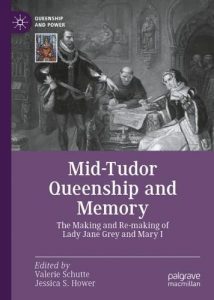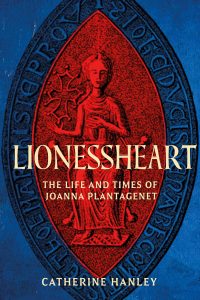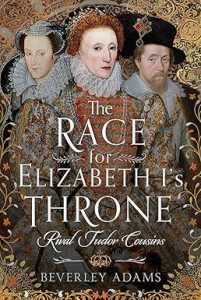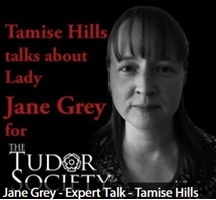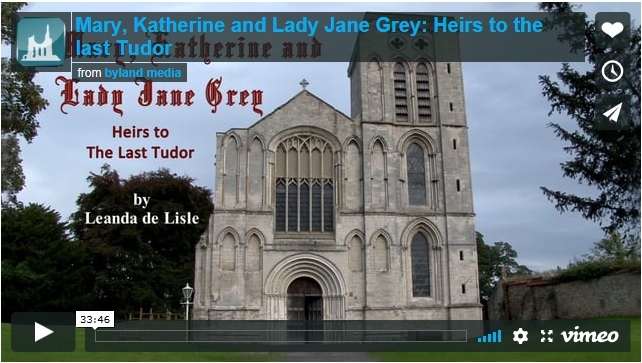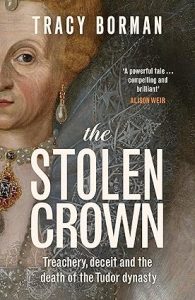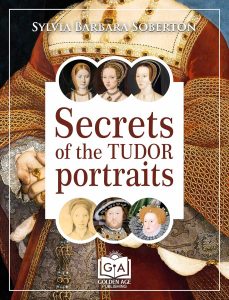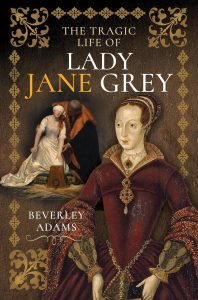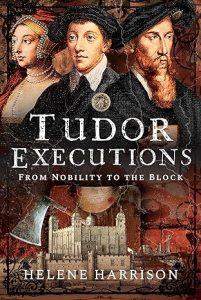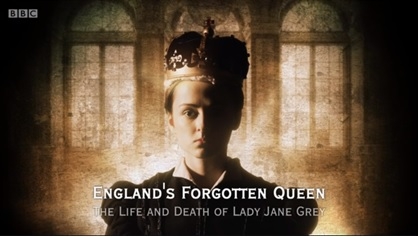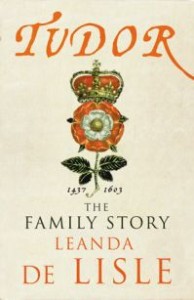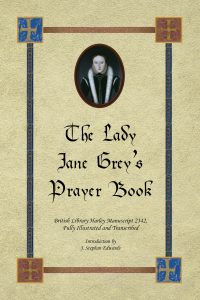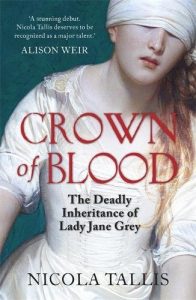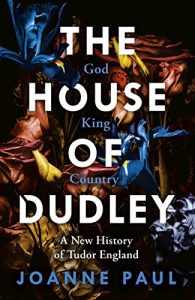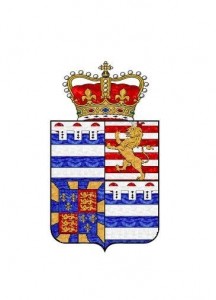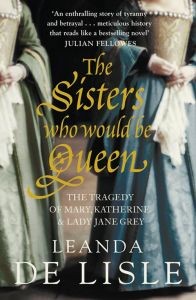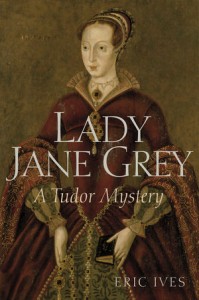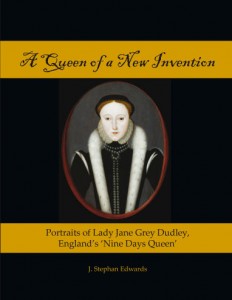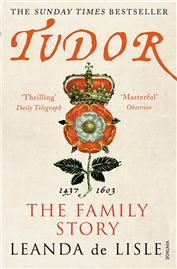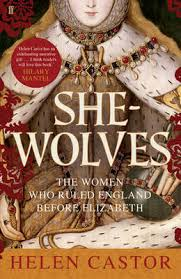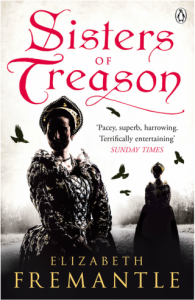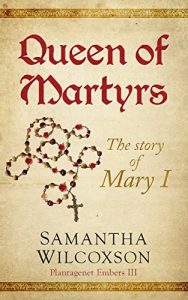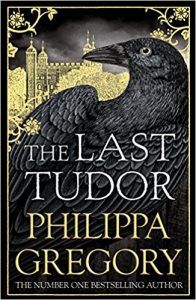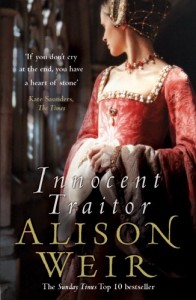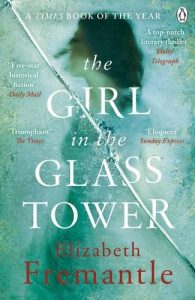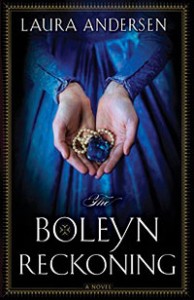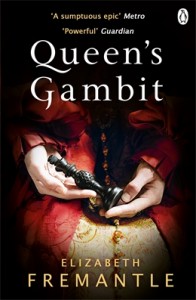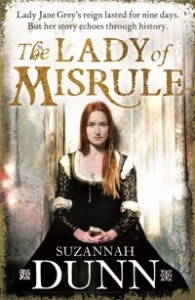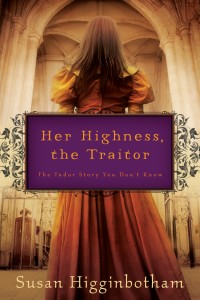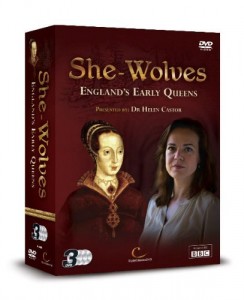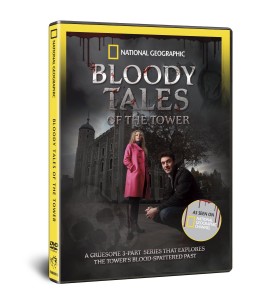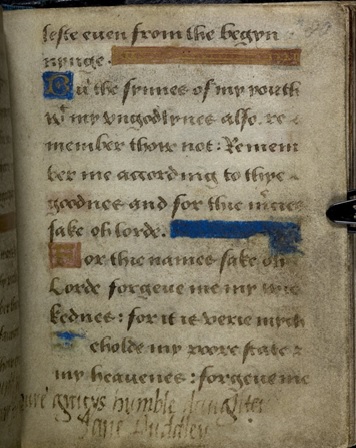Mid-Tudor Queenship and Memory: The Making and Re-Making of Lady Jane Grey and Mary I
Edited by Valerie Schutte and Jessica S. Hower
Palgrave MacMillan, 2023
Review by J. Stephan Edwards, PhD
The published works of trained professional historians fall, in a very general way, into one of two principal categories: works meant to inform or to educate those within and without academia, and those intended primarily or even exclusively for academicians. In other words, history is, in my opinion, often written either for the general public or for the so-called “ivory tower elite,” but seldom both. This volume falls quite firmly into the latter category. Mid-Tudor Queenship and Memory is largely grounded in analytical theories on gender and literature, and it “engages with,” as academicians like to say, existing studies on the subject through extensive “calling out” by name of a long list of historians that will be entirely unfamiliar to the average reader. The impression left is one of a private conversation had by intimates and on which the reader can only eavesdrop to catch the occasional tidbit of useful information.
The collection of essays deals far more with Mary than with Jane, despite any equal treatment implied by the title. Six of the ten essays afford Jane only a fleeting appearance or none whatsoever. And even as three of the authors focus primarily on Jane, two of those concern themselves with fictional interpretations of Jane on stage and in film. Several of the authors are, in fact, specialists in English literature rather than history, resulting in several chapters of literary criticism rather than ‘history.’
Like most academic books, the individual chapter essays are each organized by “sign posting,” or overt written notices from the author identifying what he/she plans to say, notice that he/she is saying it, and a conclusion that recaps what the author has said. Along the way, the “story” of history is discarded in favor of focusing on single details and individual events and the dissection and re-interpretation of those events “through the lens” (in academic lingo) of whatever applicable analytical theory is au courant within the academy.
An introduction by Jessica Hower argues that Mary relied on the precedent of history when presenting herself as the embodiment of tradition and precedent coupled with a direct connection to Henry VIII. In contrast, Mary challenged her rival by presenting Jane as the embodiment of innovation and unsettling change with only a distant connection to their predecessor. One cannot help but be reminded of certain modern political movements that appeal to the supposed comfort of an idealized past in opposition to the supposed discomfort of a future filled with the unfamiliar.
Matthew Tibble’s chapter on the scholarly movement known as humanism makes no mention whatsoever of Jane Grey Dudley despite Jane’s reputation as a humanist scholar in her own right. Tibble argues that Mary’s governance presented the triple conundrum of a claim to the throne under challenge due to statutory illegitimacy, culturally based fears of rule by women, and the likely direction of her religious policy. Mary’s supporters highlighted her humanist “princely” educational curriculum that highlighted personal virtue and piety as markers of her ability to preserve the health of the commonwealth and to renew and reform Christian society.
Jane makes her first substantial appearance in Jessica Hower’s examination of “the accession moment,” meaning the respective proclamations of accession of Jane and Mary. The proclamation for Jane appealed to her relationship to Henry VIII and Edward VI and the antiquity of her family, antiquity being equated with the right to rule (thus the attention to genealogies and heraldry in the Tudor period). Mary’s propagandists, especially Robert Wingfield, cast the Tudor line as being even more ancient. The Tudors reclaimed that which had been denied them in previous centuries, while the Dudleys and Greys were reaching for something that was never theirs by right. Mary’s chroniclers subsequently fashioned her as a continuation of ancient customs and traditions while Jane was depicted as an innovation and a newcomer.
In a literary critical analysis of John Bank’s stageplay The Innocent Usurper of 1684, Courtney Herber presents a rather esoteric argument for why Mary never appears onstage, utilizing Sir Isaac Newton’s “three body problem” related to celestial orbital mechanics as an analogy for Bank’s imagining of his play. Herber notes that Innocent Usurper allowed for discussion of the problematic status of Catholic James Stuart as heir to nominally Protestant Charles II. Jane and Mary are cast as different sides of the same coin, with Protestantism depicted as virtuous and Roman Catholicism as villainous. The stage character of ‘Jane Grey the Protestant Martyr’ stands in for Protestantism generally, while ‘Bloody Mary, the burner of heretics,’ stands in for Catholicism. The same applies to Nicholas Rowe’s The Tragedy of Lady Jane Grey (1715), in which Mary is an “invisible non-human force” never present on stage but nonetheless exerting a direct effect on the actions of the main characters present. For both Banks and Rowe, the Protestant usurper was better than the rightful Catholic heir. It must be noted that Banks introduced the myth that Jane and Guildford were “in love” and had privately contracted to marry long before the events of May-July 1553, a “lucky crime” … lucky because their marriage and Jane’s subsequent accession offered a solution to the risk of Mary wedding a Spanish prince were she to accede to the crown. Usurper also notably cast Frances in a “Lady Macbeth role,” persuading her husband to agree to Dudley’s plan. For those with an interest in stage plays about Jane Grey, this chapter is particularly useful for placing those plays in their own historical context, even if Jane is never discussed as a historical figure in her own right.
Edward Underhill’s memoir, written in 1561 about the events of 1553, is the subject of Valerie Schutte’s essay, in which she demonstrates how Underhill’s memoir influenced Harrison Ainsworth’s novel Tower of London of 1840. Schutte discusses some of the ways in which Ainsworth’s novel complicated the popular understanding of both Jane Grey Dudley and Queen Mary. Schutte notes that Ainsworth’s novel contained so many facts that it was taught until the 1950s to British school children as history, thereby reinforcing the Janeian mythology. Incidentally, Edward Underhill is noteworthy in the context of Jane Grey in that the sixth of his twelve children, a son, was born on 13 July 1553, and both Jane and Guildford served as godparents. The infant was even christened Guildford, though he died young.
Turning from plays and printed books to the silver screen, Carolyn Colbert analyzes the heavily fictionalized films Tudor Rose (1936) and Lady Jane (1986). Colbert offers lengthy summaries of the two films together with critical commentary and interpretation of the cinematic symbolism contained in each film. Jane is a steadfast moral character in both films, fitting the ‘type’ of exemplary womanhood. Surprisingly, Colbert fails to observe that Lady Jane was heavily influenced by the New Age populist philosophies in circulation at the time of the film’s production, and neither does she note that the repeated references within the film to shillings not being worth a shilling are veiled criticisms of then-Prime Minister Margaret Thatcher’s economic policies.
The final essay chapter by Stephanie Russo addresses both Mary and Jane in historical fiction, noting that while novelists have kept pace with modern reassessments of Jane Grey and challenges to the mythology that surrounds her, they have not done so regarding Mary. Recent novelists have been more likely to depict Jane as difficult or misguided than were their predecessors, perhaps closer to how she was understood in her own time.
The limited appeal of the book to those interested in studies of Jane Grey Dudley is not helped by its eye-watering SLRP or publisher’s Suggested List Retail Price: 109.99 GBP/USD for the ebook and 139.99 GBP/USD for the hardcover printed version, excluding UK VAT. But it is important to note that the publisher, Palgrave MacMillan, aims its titles very squarely and almost exclusively at a purely academic audience rather than the general public. And where only a limited number of average consumers would be willing to pay so much for a book, academics in the US can usually access the electronic version remotely and for free via an Internet link to their universities’ libraries. And for all its high price, there are a surprisingly large number of typographical errors in the ebook.

